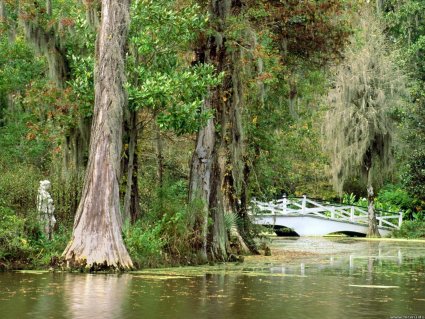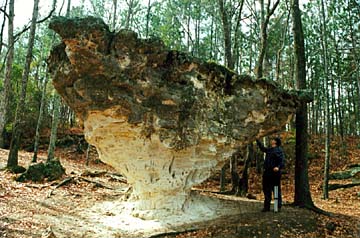US State of South Carolina
South Carolina is a state in the Southeastern United States. It is bordered to the north by North Carolina; to the south and west by Georgia, located across the Savannah River; and to the east by the Atlantic Ocean. Originally part of the Province of Carolina, the Province of South Carolina was the first of the 13 colonies that declared independence from the British Crown during the American Revolution. South Carolina was the first state to ratify the Articles of Confederation, and the 8th state to ratify the US Constitution on May 23, 1788. South Carolina later became the first state to vote to secede from the Union which it did on December 20, 1860. It was readmitted to the United States on June 25, 1868.
South Carolina is the 40th most extensive and the 24th most populous of the 50 United States. South Carolina comprises 46 counties. The capital and largest city of the state is Columbia, while the largest MSA is Greenville.
South Carolina is composed of five geographic areas, or physiographic provinces, whose boundaries roughly parallel the Atlantic coastline. In the southeast part of the state is the Coastal Plain, which can be divided into the Outer and Inner Coastal Plains. From north to south the coast is divided into three separate areas, the Grand Strand, the Santee River Delta, and the Sea Islands. Further inland are the Sandhills, ancient dunes from what used to be South Carolina's coast millions of years ago. The Fall Line, which marks the limit of navigable rivers, runs along the boundary of the Sandhills and the Piedmont, which has rolling hills and clay soils. In the northwest corner of the state are the Blue Ridge Mountains, the smallest geographical region in the state.
The state's coastline contains many salt marshes and estuaries, as well as natural ports such as Georgetown and Charleston. An unusual feature of the coastal plain is a large number of Carolina bays, the origins of which are uncertain. The bays tend to be oval, lining up in a northwest to southeast orientation. The terrain is flat and the soil is composed entirely of recent sediments such as sand, silt, and clay. Areas with better drainage make excellent farmland, though some land is swampy. The natural areas of the coastal plain are part of the Middle Atlantic coastal forests ecoregion. Just west of the coastal plain is the Sandhills region. The Sandhills are remnants of coastal dunes from a time when the land was sunken or the oceans were higher.
South Carolina has a humid subtropical climate (Köppen climate classification Cfa), although high elevation areas in the "Upstate" or "Upcountry" area have less subtropical characteristics than areas on the Atlantic coastline. In the summer, South Carolina is hot and humid with daytime temperatures averaging between 86–93 °F (30–34 °C) in most of the state and overnight lows averaging 70–75 °F (21–24 °C) on the coast and from 66–73 °F (19–23 °C) inland. Winter temperatures are much less uniform in South Carolina.
Coastal areas of the state have very mild winters with high temperatures approaching an average of 60 °F (16 °C) and overnight lows in the 40s°F (5–8 °C). Inland, the average January overnight low is around 32 °F (0 °C) in Columbia and temperatures well below freezing in the Upstate. While precipitation is abundant the entire year in almost the entire state, the coast tends to have a slightly wetter summer, while inland, March tends to be the wettest month and winter the driest season, with November being the driest month. The highest recorded temperature is 113 °F (45 °C) in Johnston and Columbia on June 29, 2012 and the lowest recorded temperature is −19 °F (−28 °C) at Caesars Head on January 21, 1985.
Snowfall in South Carolina is somewhat uncommon in most of the state, while coastal areas receive less than an inch (2.5 cm) annually on average. It is not uncommon for areas along the coast (especially the southern coast) to receive no recordable snowfall in a given year. The interior receives a little more snow, although nowhere in the state averages more than 12 inches (30 cm) of snow annually. The mountains of extreme northwestern South Carolina tend to have the most substantial snow accumulation. Freezing rain and ice tend to be more common than snow and even rain in many areas of the state. Road bridges in South Carolina are commonly marked, "Bridge ices before road."


Education in South Carolina
South Carolina is one of just three states that has not agreed to using competitive international math and language standards.
South Carolina has 1,144 K-12 schools in 85 school districts with an enrollment of 712,244 as of fall 2009. As of the 2008–2009 school year, South Carolina spent ,450 per student which places it 31st in the country for per student spending. In 2011, the average SAT score for South Carolina was 1360.
South Carolina has a diverse group of institutions of higher education, from large state-funded research universities to small colleges that cultivate a liberal arts, religious or military tradition.



